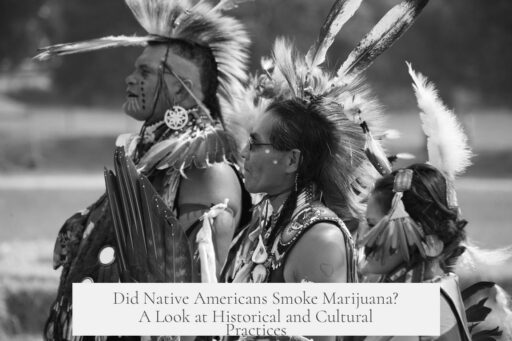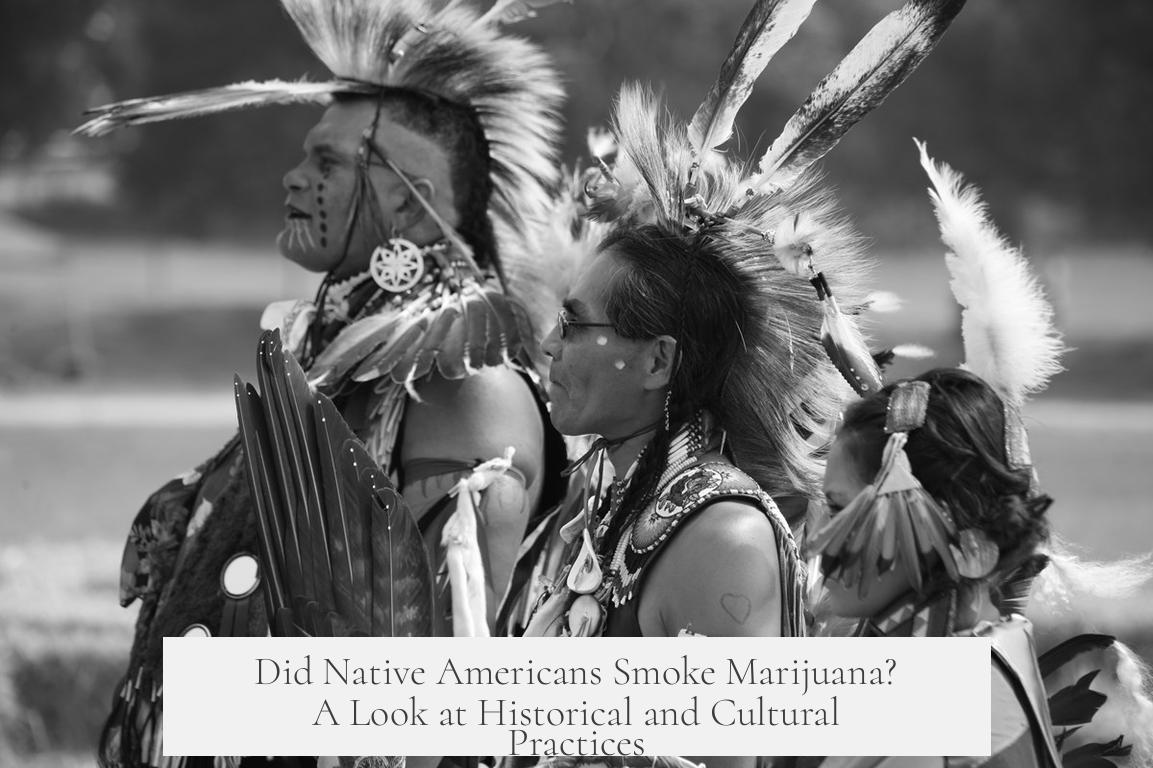Native Americans did not historically smoke marijuana. Marijuana is not native to the Americas north of Mexico and only arrived in the region in the early 1900s. Before that time, Native American cultures used other plants for smoking and ritual purposes, most notably various species of tobacco and plant mixtures like kinnikinnick.
Marijuana, or Cannabis sativa, originated in Central and South Asia and spread across parts of Europe, Africa, and Asia long before European contact with the Americas. However, it was not part of indigenous botanical traditions in North America and its widespread use only began after the 20th century. The timing and exact manner of marijuana’s introduction into Mexico and then the United States remain unclear but postdate pre-colonial Native American histories.
Native American smoking practices involved a range of traditional plants that held cultural and spiritual importance. The primary smoked substance was tobacco, but not the mild commercial type familiar today. Instead, indigenous peoples used robust species of tobacco for different effects.
- Nicotiana rustica was common in eastern North America. It produces stronger effects, including mild hallucinations at high doses.
- Nicotiana quadrivalvis grew along the Missouri River; its potency compared to other tobacco species is less well documented.
- Nicotiana tabacum is the milder species later grown commercially and favored by Europeans, but it was less common among Native Americans pre-contact.
Tobacco played a central role in spiritual and ceremonial activities. Native communities believed tobacco smoke carried prayers and oaths to spiritual beings called manitous or equivalents. Offerings involved burning or smoking tobacco leaves. Rituals such as the calumet or peace pipe ceremony used tobacco smoke as a bridge between the physical and spiritual worlds.
Besides tobacco, Native Americans smoked mixtures known as kinnikinnick, primarily made from the leaves of bearberry plants. Bearberry was so central that the term “kinnikinnick” often refers to it interchangeably. These mixtures appeared by the 1500s and spread widely across the Plains and northern Eastern Woodlands.
Kinnikinnick predates the widespread use of tobacco in some regions. Archaeological evidence shows smoking pipes in eastern North America dating back over a thousand years before tobacco’s introduction around 160 CE. Initially, these pipes likely carried bearberry and other herbal mixtures rather than tobacco.
In addition to smoking, other psychoactive plants featured in indigenous practices. The 16th-century Aztec statue of Xochipilli includes carvings of several sacred flora related to spiritual and hallucinogenic use:
- Psilocybe aztecorum mushrooms
- Nicotiana tabacum (tobacco)
- Turbina corymbosa (morning glory)
- Heimia salicifolia (sinicuichi)
- Possibly Quararibea funebris (cacahuaxochitl)
None of these plants include marijuana, which further supports the absence of cannabis in indigenous psychotropic traditions before the modern era.
| Plant | Use | Region | Notes |
|---|---|---|---|
| Nicotiana rustica | Smoking, ceremonial | Eastern North America | Strong, occasional hallucinations |
| Nicotiana quadrivalvis | Smoking | Missouri River region | Potency less known |
| Kinnikinnick (Bearberry) | Smoking mixture | Plains, Eastern Woodlands | Pre-tobacco usage |
| Psilocybe aztecorum | Hallucinogenic | Mesoamerica | Aztec sacred use |
Summing up, Native American cultures relied on tobacco species and herbal mixtures, not marijuana. These plants were deeply embedded in spiritual life and cultural rituals. Marijuana’s arrival in these societies postdates indigenous historical periods and was not part of their traditional practices.
- Marijuana was not used historically by Native Americans in North America or among indigenous groups north of Mexico.
- Tobacco species, especially Nicotiana rustica, and kinnikinnick mixtures were the main plants smoked traditionally.
- Tobacco smoke served ceremonial roles and spiritual communication functions.
- Other entheogens like psychoactive mushrooms and morning glory were used in Mesoamerica but not marijuana.
- Marijuana became common only in the 20th century, well after indigenous pre-colonial history.
Did Native Americans Smoke Marijuana? Unpacking the Truth
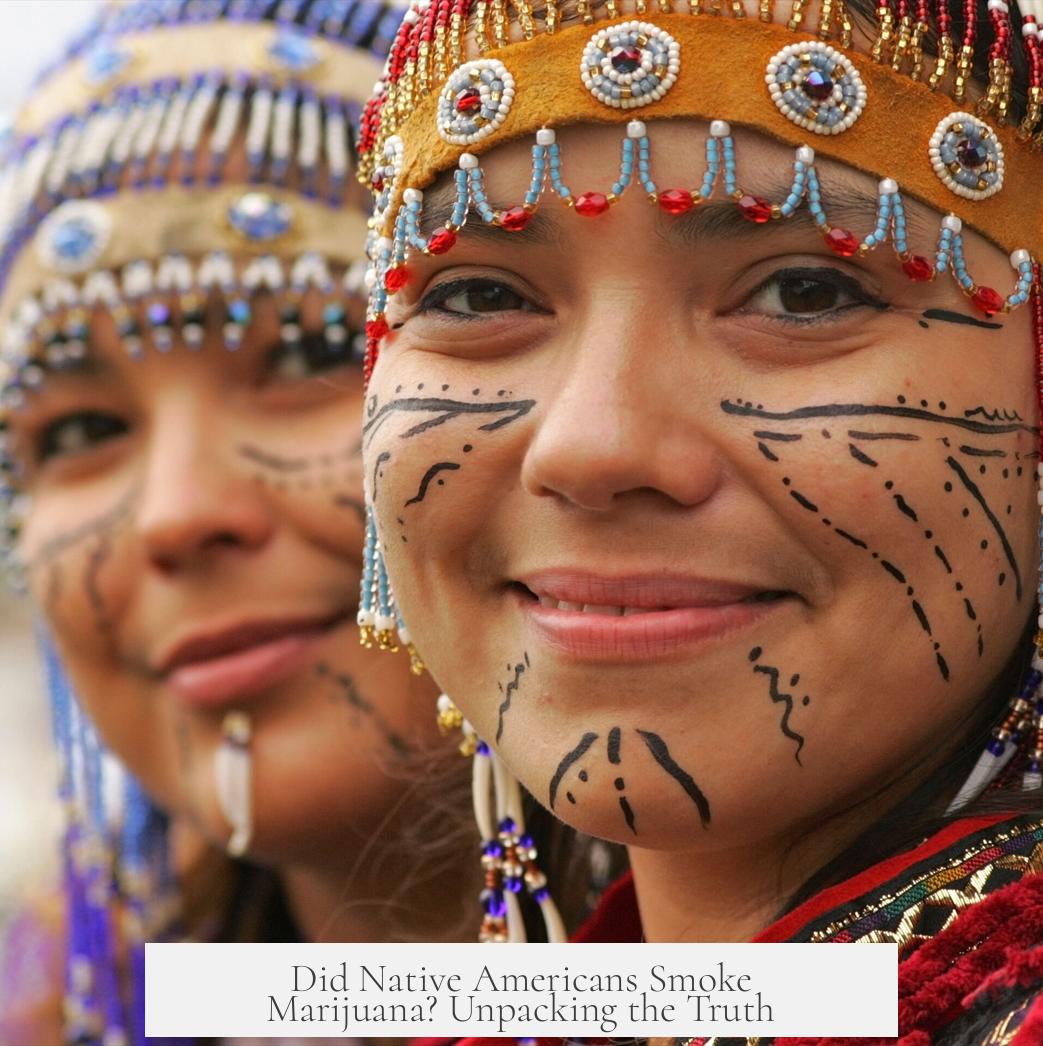
If you’ve ever wondered whether Native Americans historically smoked marijuana, the straightforward answer is no. Marijuana isn’t native to the Americas north of Mexico and only crept into that territory’s common use in the early 1900s—long after indigenous cultures established vibrant traditions around other plants.
Let’s dig deeper into what was actually smoked by Native Americans, how those traditions shaped their spiritual and practical lives, and why marijuana isn’t part of that story—contrary to some modern assumptions.
Marijuana’s Late Arrival in the New World
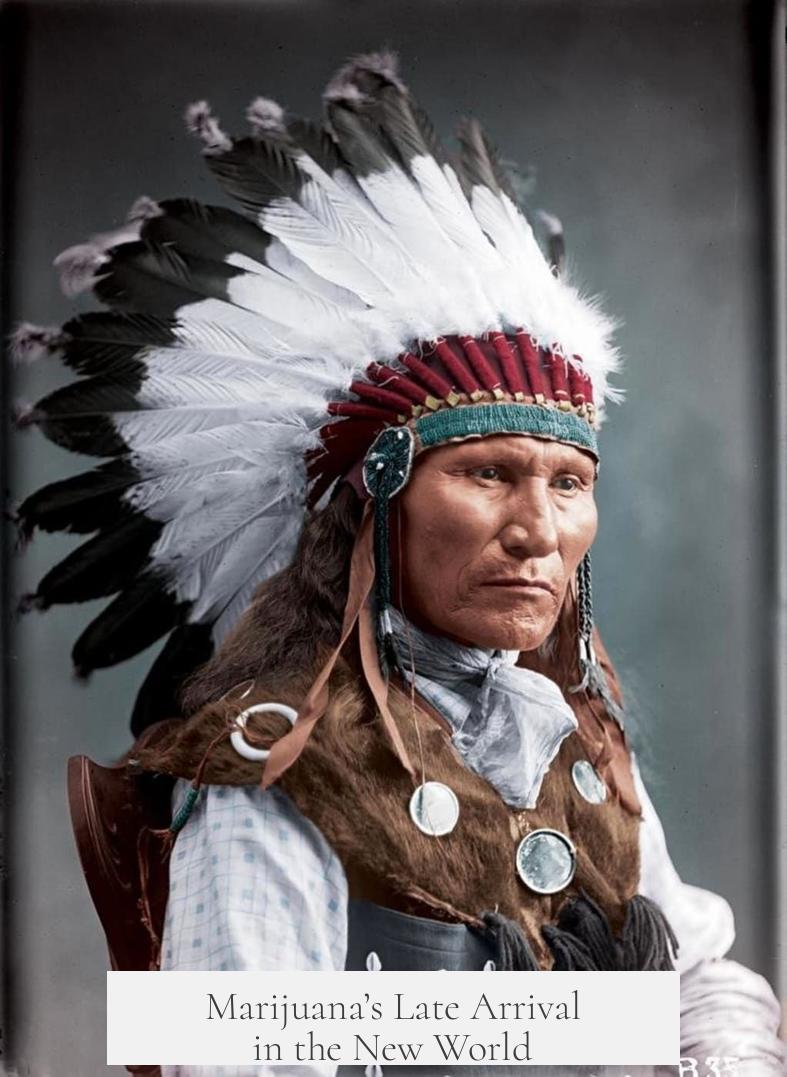
Surprise! Marijuana did not grow wild across the indigenous lands of North America. It’s not a native plant to the New World. Historical evidence shows its regular use north of Mexico only began after the early 1900s, introduced through more modern channels, likely following European contact and trade routes.
Its origin outside the Americas means Native American cultures could not have integrated marijuana into their long-standing herbal and ceremonial repertoire. So if you ever hear a claim that indigenous peoples traditionally smoked weed, it’s wise to smile and rethink the facts.
What Did They Smoke Then? Tobacco and Kinnikinnick Take Center Stage
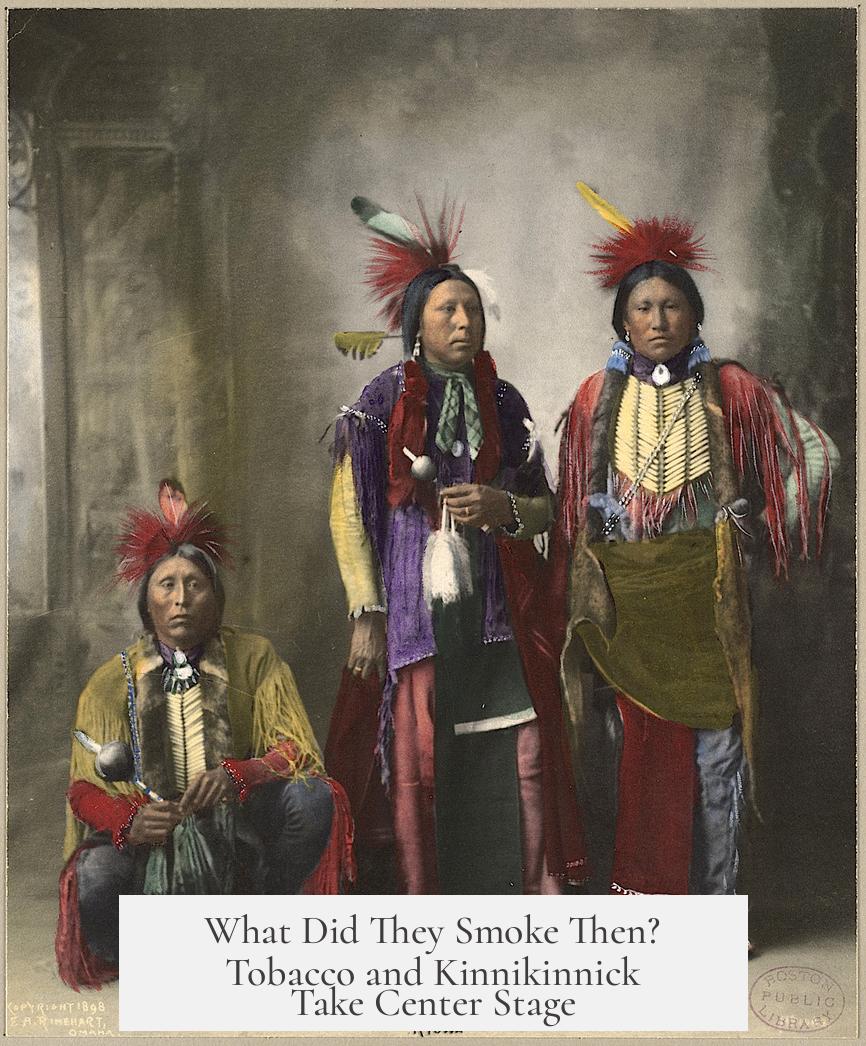
For centuries before marijuana’s arrival, various Native American groups cultivated and smoked different types of tobacco and plant mixtures with rich cultural significance. Tobacco, in particular, was the botanical superstar.
- Nicotiana rustica thrived in eastern North America. This variety packs a punch—stronger effects than its commercial cousin and yes, it could cause hallucinations if enough was smoked.
- Nicotiana tabacum is the milder species commercially grown worldwide; Europeans favored this gentler type.
- Nicotiana quadrivalvis holds its own version along the Missouri River, though its potency compared to others remains a mystery in Native American cultural records.
Tobacco wasn’t just a recreational filler; it was a sacred plant, deeply woven into ceremony and spirituality. Smoke carried prayers and oaths to spiritual beings called manitous. Peace pipes—also known as calumets—were emblematic of diplomacy and ritual. The smoke was the messenger between mortals and divine planes.
Kinnikinnick: More Than Just a Plant Mix
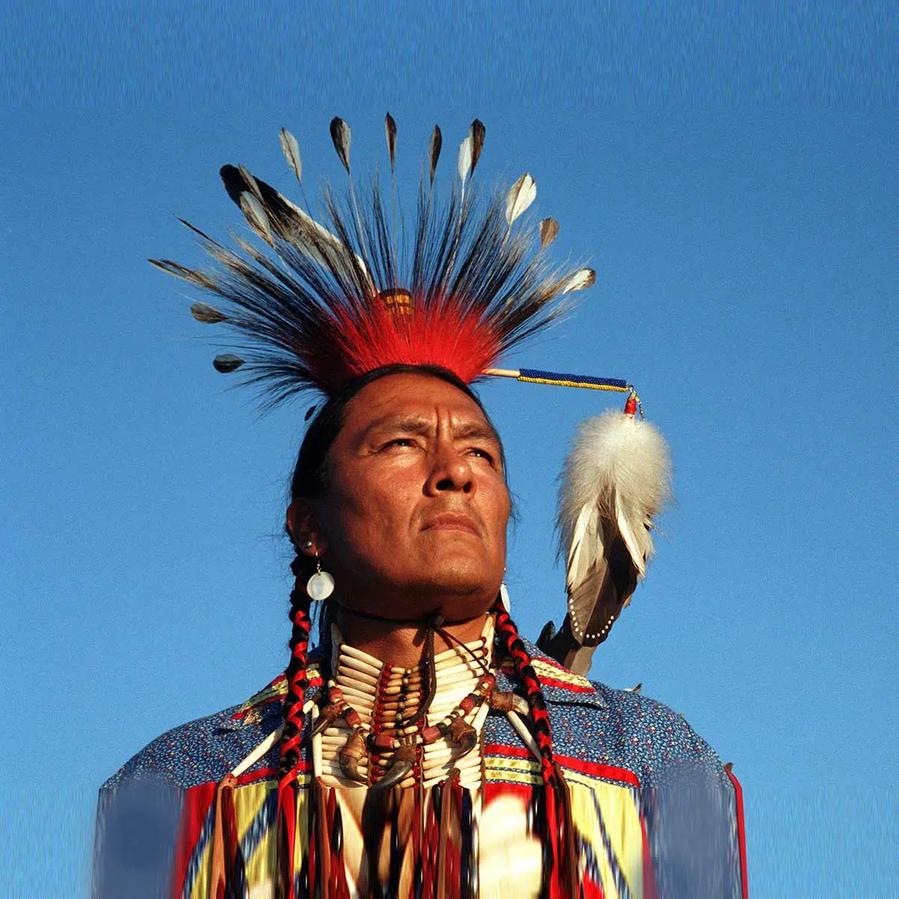
Before tobacco’s eastern arrival around 160 CE, Native Americans enjoyed smoking mixtures called kinnikinnick. This wasn’t one plant but a clever blend. The most common ingredient? Bearberry leaves, which gave the mixture its name sometimes.
Kinnikinnick was especially popular by the 1500s across the Plains and northern Eastern Woodlands, providing psychoactive and ritual experiences well before tobacco gained footing.
Artifacts like pipes dating back over a thousand years confirm smoking traditions existed in northern America independent of tobacco. Their importance in ceremony shows these mixtures had respected roles, perhaps akin to the way marijuana might be viewed today—but without any historical link.
Other Psychoactive Substances Used by Indigenous Peoples
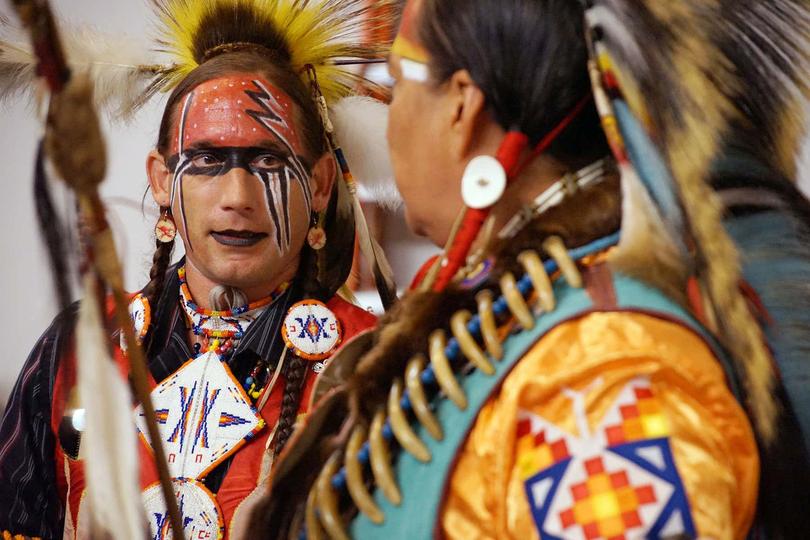
To clarify, while marijuana wasn’t part of the mix, indigenous Americans—and especially cultures in Mesoamerica such as the Aztecs—had access to other powerful plants. An intriguing example is the 16th century Aztec statue of Xochipilli, the god of love and games, found near Popocatapetl volcano. The statue is carved with images of various psychoactive plants used traditionally:
- Psilocybe aztecorum mushrooms (magic mushrooms)
- Nicotiana tabacum (tobacco)
- Turbina corymbosa (morning glory seeds with psychotropic qualities)
- Heimia salicifolia (sinicuichi, known for its calming effects)
- Possible Quararibea funebris (cacahuaxochitl)
This diversity highlights how complex and varied indigenous use of entheogens was—yet marijuana did not appear among these traditional plants.
What Does This Mean for Modern Perspectives?
The fact that marijuana wasn’t smoked by Native Americans historically reshapes some popular narratives. Today, cannabis is widespread in many Native communities, reflecting contemporary trends rather than ancient heritage. Remembering this distinction is important.
It also helps disentangle the deep spiritual and cultural significance of tobacco and other plants that had real ceremonial weight and continue to have meaning today. Tobacco was never “just a habit” but a sacred offering, a bridge to the divine.
Final Thoughts: Rich Traditions Without Marijuana
The story of Native American smoking traditions is rich and complex—but marijuana didn’t have a starring role until very recently. Instead, indigenous peoples smoked various tobaccos, especially the potent Nicotiana rustica, and plant mixtures like kinnikinnick filled ceremonial and social functions. These traditions spanned centuries and were intertwined with spirituality, diplomacy, and community life.
In a time when cannabis culture is booming, it’s essential to honor the authentic botanical and cultural heritage of Native Americans. Their smoking rituals were about much more than recreation—they were acts of communication with the sacred.
So next time you wonder, “Did Native Americans smoke marijuana?” you’ll know that they did not. Instead, they celebrated a botanical world that’s just as fascinating and meaningful, rich with its own sacred plants and stories.
Curious to learn more about the fascinating spiritual uses of tobacco? Here’s a quick tip:
- Explore the calumet ceremony—this unique ritual reveals how peace pipes connected tribes and officials, carrying symbolic weight beyond mere smoke.
- Investigate the history of kinnikinnick and bearberry—it offers insight into pre-tobacco-era indigenous smoking practices.
Understanding these nuances brings us closer to appreciating the depth and diversity of Native American plant traditions—without the modern mix-ups about marijuana.
Did Native Americans traditionally smoke marijuana?
No, marijuana was not traditionally smoked by Native Americans. It is not native to the Americas north of Mexico and only became common after the early 1900s.
What plants did Native Americans smoke before marijuana arrived?
They primarily smoked various species of tobacco and kinnikinnick, a mixture mainly made from bearberry leaves. These were used for ceremonial and ritual purposes.
Was tobacco used for spiritual or ritual reasons by Native Americans?
Yes, tobacco smoke was used to carry prayers and oaths to spiritual beings. It was central to ceremonies like the calumet or peace pipe rituals.
Did Native Americans use any psychoactive plants other than tobacco?
Yes, especially in Mesoamerica, plants like mushrooms, morning glory, and sinicuichi were used for their psychoactive effects, but marijuana was not among them.
When did marijuana likely arrive in the Americas?
Marijuana likely arrived in Mexico after European contact but became common north of Mexico only in the early 20th century.
